MLTC-1 Cells
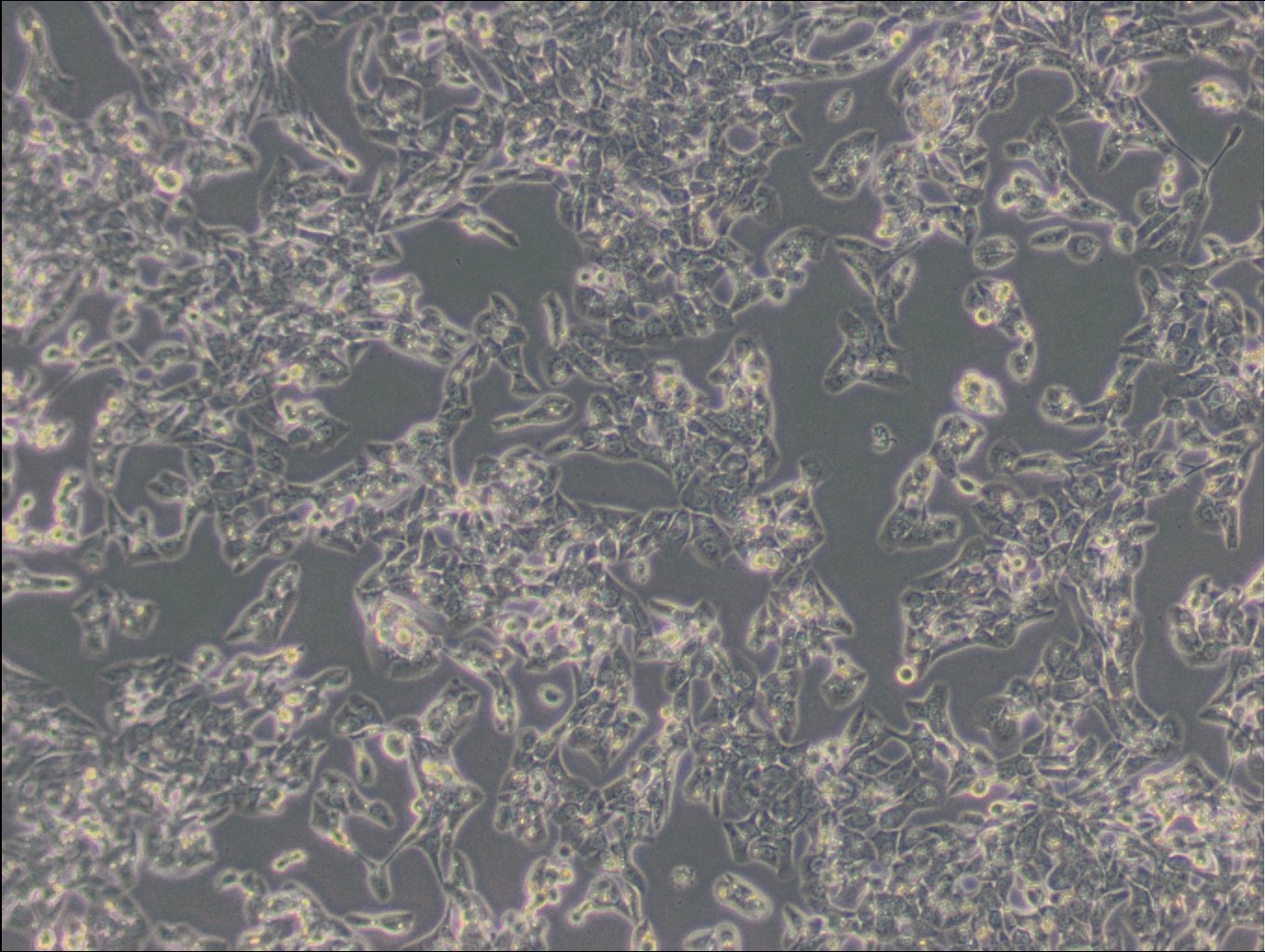
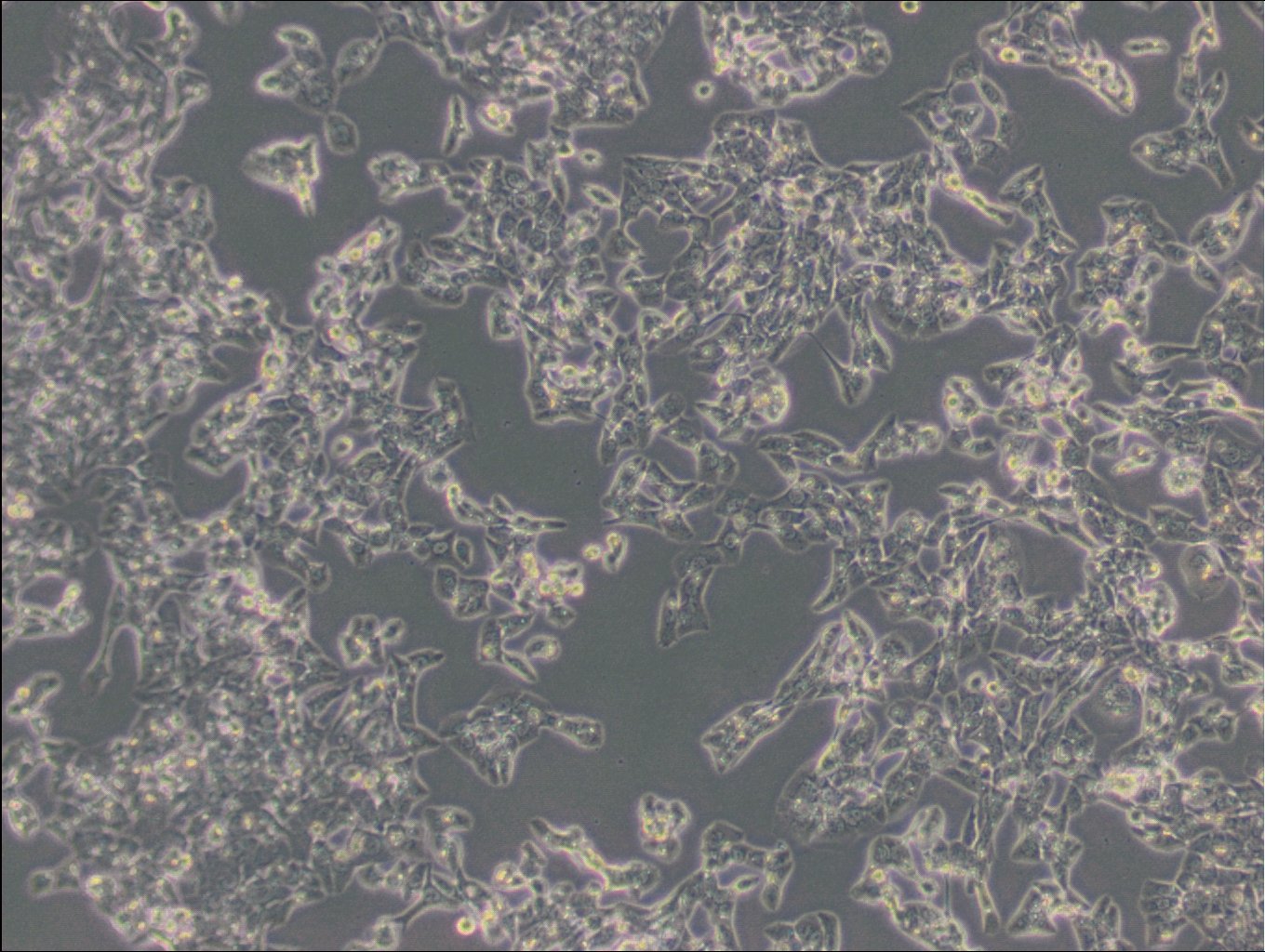
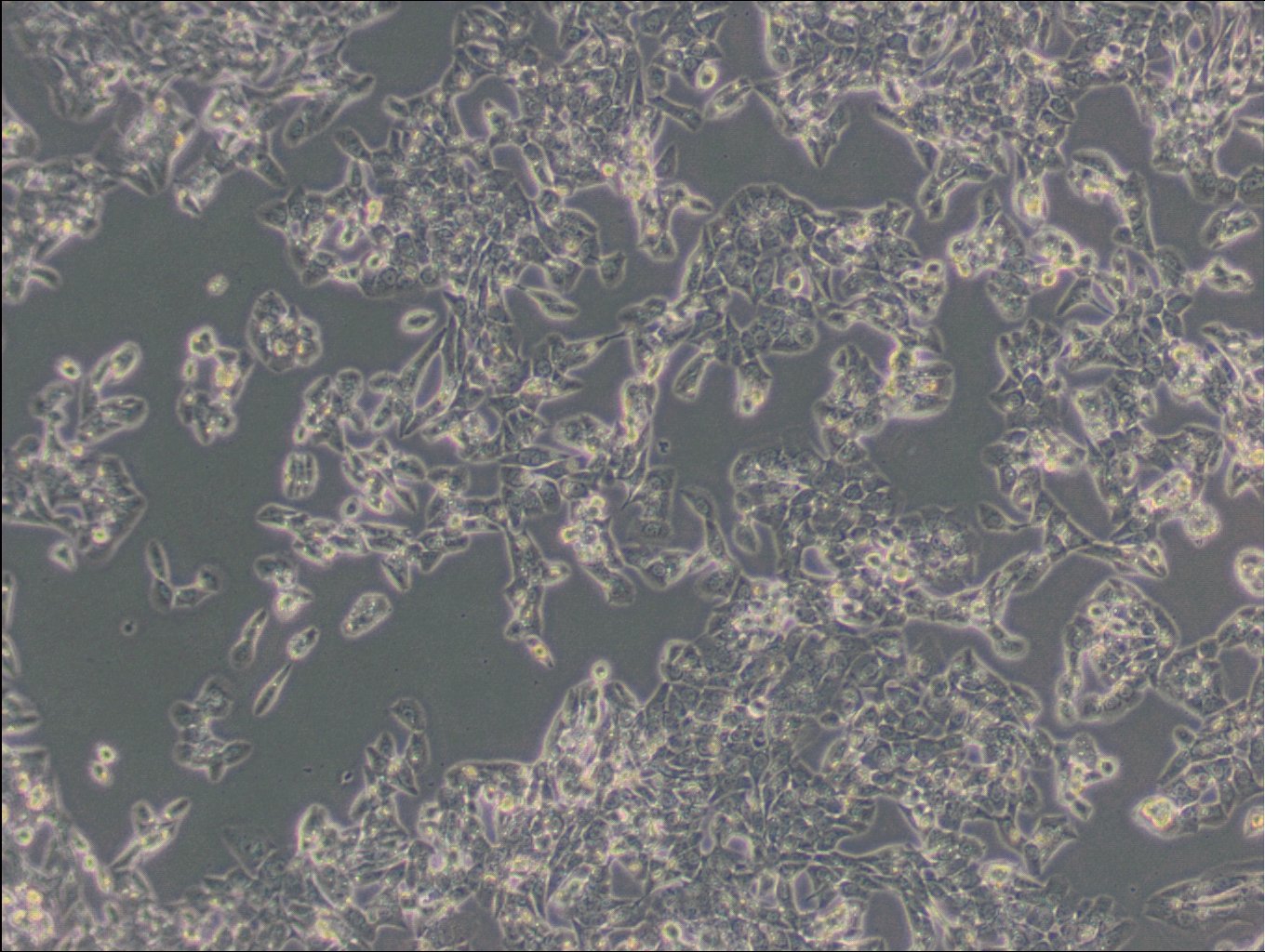
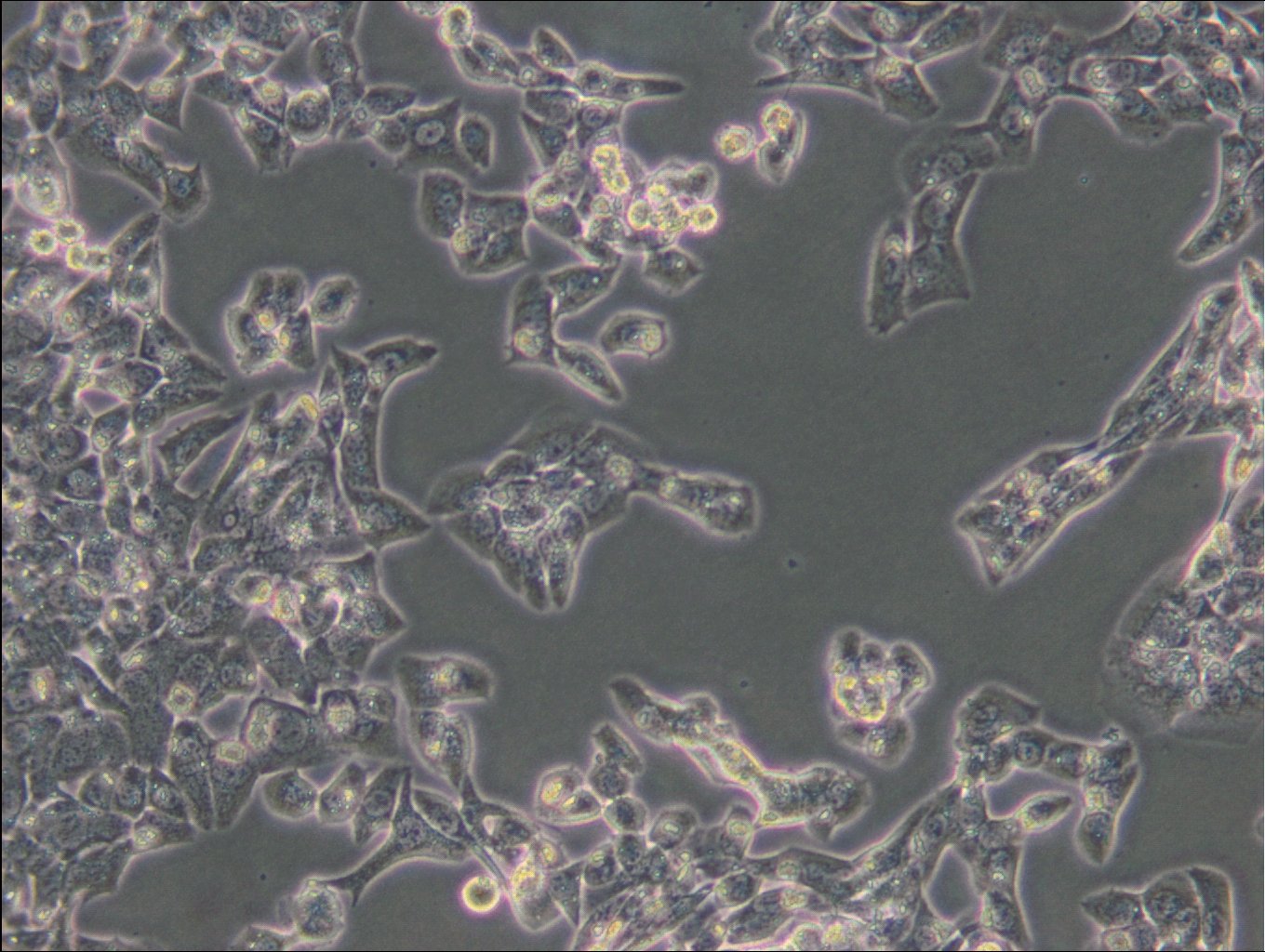

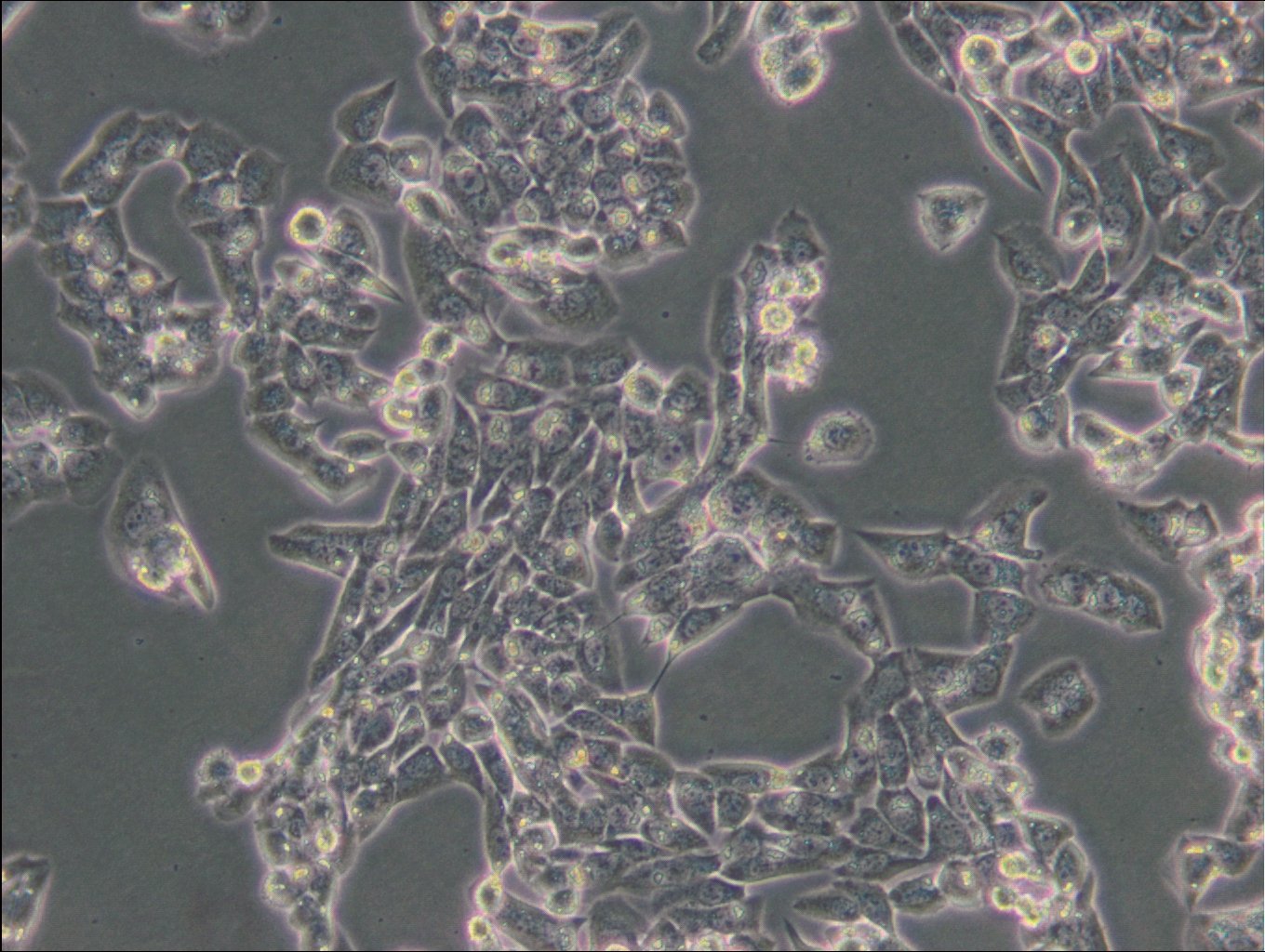


















General information
| Description | The cells retain the hormonal responsiveness of the original tumor. Membrane adenyl cyclase activity is stimulated by treatment with HCG, luteinizing hormone, cholera toxin, sodium fluoride and guanyl-5'-ylimidodiphosphate, and produce progesterone in response to hCG. |
|---|---|
| Organism | Mouse |
| Tissue | Testis |
| Disease | Mouse Leydig cell tumor |
| Synonyms | mLTC-1, Murine Leydig Tumor Cell line-1 |
Characteristics
| Gender | Male |
|---|---|
| Morphology | Epithelial |
| Growth properties | Adherent |
Identifiers / Biosafety / Citation
| Citation | MLTC-1 (Cytion catalog number 305175) |
|---|---|
| Biosafety level | 1 |
Expression / Mutation
| Receptors expressed | hcG, luteinizing hormone(LH) |
|---|---|
| Protein expression | Progesterone |
| Tumorigenic | Yes |
Handling
| Culture Medium | RPMI 1640, w: 2.1 mM stable Glutamine, w: 2.0 g/L NaHCO3 (Cytion article number 820700a) |
|---|---|
| Medium supplements | Supplement the medium with 10% FBS |
| Passaging solution | Accutase |
| Subculturing | Remove the old medium from the adherent cells and wash them with PBS that lacks calcium and magnesium. For T25 flasks, use 3-5 ml of PBS, and for T75 flasks, use 5-10 ml. Then, cover the cells completely with Accutase, using 1-2 ml for T25 flasks and 2.5 ml for T75 flasks. Let the cells incubate at room temperature for 8-10 minutes to detach them. After incubation, gently mix the cells with 10 ml of medium to resuspend them, then centrifuge at 300xg for 3 minutes. Discard the supernatant, resuspend the cells in fresh medium, and transfer them into new flasks that already contain fresh medium. |
| Split ratio | 1:2 to 1:4 |
| Fluid renewal | 2 to 3 times per week |
| Freeze medium | CM-1 (Cytion catalog number 800100) or CM-ACF (Cytion catalog number 806100) |
| Handling of cryopreserved cultures |
|
Quality control / Genetic profile / HLA
| Sterility | Mycoplasma contamination is excluded using both PCR-based assays and luminescence-based mycoplasma detection methods. To ensure there is no bacterial, fungal, or yeast contamination, cell cultures are subjected to daily visual inspections. |
|---|
